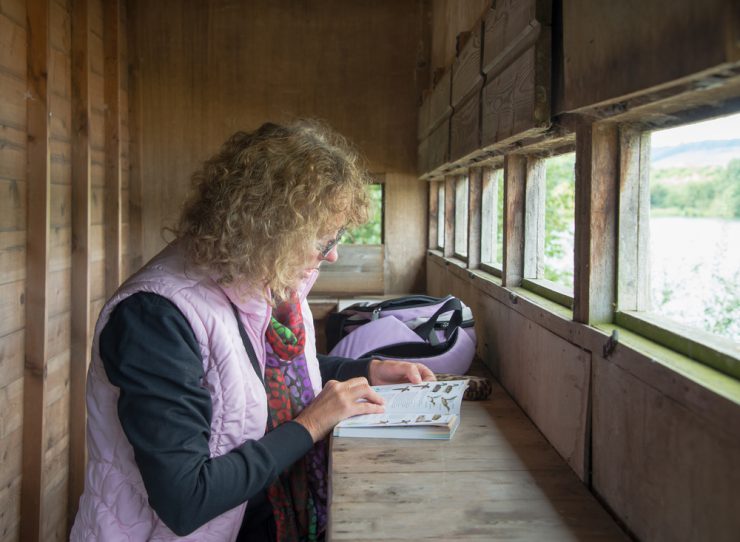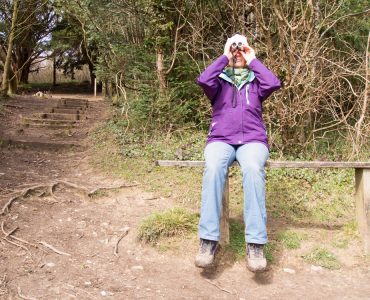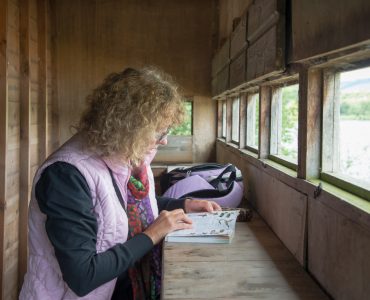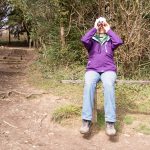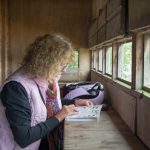The dunnock or the hedge accentor as it is commonly called is an uncanny resemblance to the sparrow, dull and sleek in appearance. It is an attractive bird, with a bluish grey coloured head as well as breast shade. The back portion of the bird is a dark brown shade with streaks among them, and the flanks are a lighter brown streaked area. The legs of the dunnock are pink in colour, and the bill is a complete black. The difference between the dunnock and a sparrow is that the dunnock has a fine bill, unlike the sparrow, as its main diet if insects and not seeds. The male and female birds are almost similar in colour and appearance, though the female tends to look a tad drabber than the male.
The juvenile young of the dunnock is also similar to the adults, except that it lacks the greyish colouring on the chest and the head, which are streaked brown instead. The bird is considered a very agitated one, always nervous and constantly flicking about the wings and tail feathers. These birds are the only species of accentors which live towards the lower land regions. The scientific name of this bird is Prunella Modularis, and it grows to lengths of 14.5 cm, weighing about 16 to 25 grams. The wings of the bird are spread out around 19 to 21 cm, and the bird is found all year round in the country. The bird has been given the amber status in Britain.
The dunnock has a very sweet voice and produces a pleasant sound, which comes as a surprise considering its appearance. The sounds produced by the bird are like a lazy warble, very much similar to that of a robin or a wren. However, the robin’s voice is sweeter and the wren’s is more intense. The call of the bird is a very shrill sound, something like a continuous tseep, which makes it easily recognisable. The bird is a highly sedentary creature, with its dispersion movements being only for the benefit of the juveniles. However, certain continental types do tend to migrate in different proportions, and the Scandinavian birds tend to send an extra time during winter season in the British eastern areas.
The dunnock feeds mainly on fodder from the ground, which include insects like ants, beetles, spiders found from the litter of leaves, and in between roots of plants and the like. Suring autumn and of course winter, they feed mainly on berries and wild seeds. They are also predatory birds in winter, looking for the scarce foods from the stores of other birds like the robin.
The nest for the young ones of the dunnock is made by the female bird, using twigs, moss and other vegetation, and found generally in dense shrubbery and hedges. The nest is a cup shaped structure, lined on the inside with hair as well as strips of moss. The breeding season is in the month of April, when the female lays the bluish glossy eggs in the nest. Both parents take care of the incubation period. The most remarkable thing about the dunnock however is the sbird’s incredible sex life, where both male and female birds have more than one partner.


